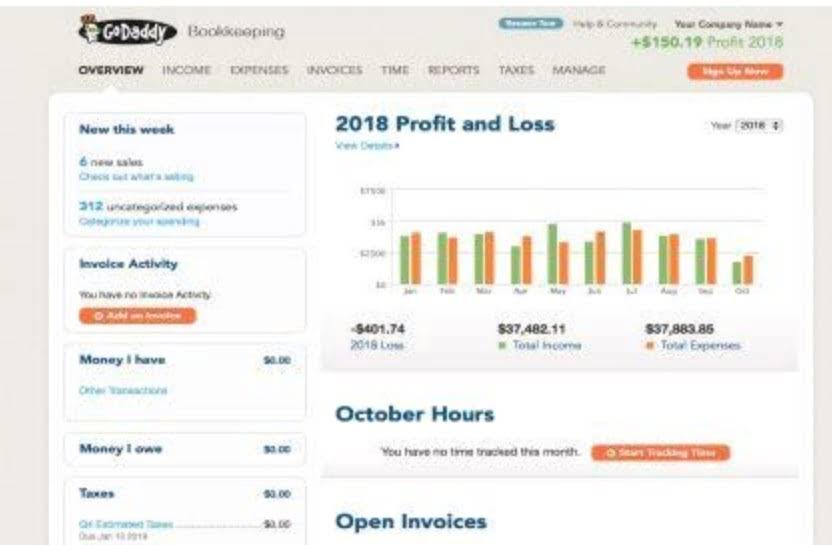
When it comes to managing finances effectively, understanding incremental cost can make a significant difference. Incremental cost, also known as the marginal or differential cost, refers to the additional cost a business incurs when producing or selling an additional unit of a product or service. It is a crucial concept for decision-makers, allowing them to evaluate the profitability of specific actions and make informed choices that contribute to the financial success of their business. When dealing with incremental costs, it is vital to determine which costs are relevant. Relevant costs are those that change as a result of implementing a particular decision and can ultimately impact the outcome of that decision. These costs can include direct materials, labor, or overhead expenses that will be affected based on various factors such as changes in production levels or sourcing options.
Examples of Incremental Cost Calculations
Result – With the consistent upgradation of its products, Apple has nurtured a strong and loyal customer base. These micro-changes evolve to become a habit that eventually builds momentum, leading to improved outcomes. This in turn builds motivation in employees and positively impacts the results in the long run. Improvement does not always have to be big and all-inclusive to be effective. There will be instances where bigger issues have to be solved with bigger initiatives, however, most often these bigger issues could have been dislodged with simpler and minute changes at the onset.
Factors Affecting Incremental Manufacturing Cost
Fixed costs are generally defined as the recurring overhead expenses a company incurs regardless of how much business it conducts or how many goods or services it produces or sells. These overhead expenses, including rent and depreciation, generally do not change with a rise or fall in sales. However, variable or avoided costs, such as labor and supplies, can fluctuate and change based on the result of actual events. Always consider the relevant factors, time horizon, and assumptions when applying incremental cost it to real-world scenarios. By incorporating incremental cost into decision-making, we can optimize resource allocation and achieve better outcomes.

What Are the Two Stages of Allocation in Activity-Based Costing?

Luxury car manufacturers invest in superior materials and https://www.bookstime.com/articles/purchases-journal craftsmanship, raising production costs. When a factory considers installing pollution control equipment, the incremental cost may seem high. However, the long-term benefit—cleaner air, healthier communities—justifies the investment. By analyzing these incremental costs, the company can assess whether the process improvements lead to greater efficiency and customer satisfaction.
FAQs about Incremental Cost: Definition, How To Calculate, And Examples

In other words, the average cost per unit declines as production increases. The fixed costs dont usually change when incremental costs are added, meaning the cost of the equipment doesnt fluctuate with production volumes. Analyzing production volumes and the incremental costs can help companies achieve economies of scale to optimize production. Economies of scale occur when increasing production leads to lower costs since the costs are spread out over a larger number of goods being produced. The fixed costs don’t usually change when incremental costs are added, meaning the cost of the equipment doesn’t fluctuate with production volumes. Incremental cost specifically tells business owners about the worthiness of allocating additional resources for a new production volume.
- Incremental manufacturing cost refers to the additional expenses a company incurs when increasing production output.
- Incremental costs are also referred to as marginal costs, but there are some basic differences between them.
- Through incremental cost analysis, they assess the additional expenses of purchasing new hardware, software licenses, and training employees.
- These costs can include direct materials, labor, or overhead expenses that will be affected based on various factors such as changes in production levels or sourcing options.
- Understanding labor dynamics is also critical for accurate product costing and pricing.
This makes it a viable option to implement at any time fixed assets with much fewer resources and planning. With this analysis, it is critical to include forensic accountants in calculating damages to ensure a thorough analysis of all the relevant facts and circumstances relating to claims of lost profits. External factors, including fluctuating raw material prices or regulatory changes, can alter cost structures unpredictably. Data limitations, such as incomplete or outdated information, can also lead to errors. Implementing robust data collection and analysis systems, like enterprise resource planning (ERP) software, can address these challenges.
- This is why incremental cost calculation is essential for decision-makers.
- Incremental manufacturing costs also inform pricing strategies by helping companies set prices that cover additional expenses while maintaining profit margins.
- Moreover, there are no additional expenses like research, equipment, or construction, removing the need for capital expenditure.
- Building long-term partnerships with reliable suppliers may prove more beneficial in the long run by enabling mutual learning and process improvement.
- This in turn builds motivation in employees and positively impacts the results in the long run.
Incremental changes can be done at the personnel level, however, small-scale planning can make it much easier, error-free, and goal-oriented. Here are some important steps that can make incremental initiatives meaningful and impactful. Minimal improvement needs require everyday efforts that reinforce consistency. In the book, Atomic Habits, James Clear narrates the story of the British cycling team and their swooping success. In the early 2000s, the team witnessed an impeccable performance surge winning the Tour de France six times and world domination with Olympic victories, winning 70% gold medals between 2008 and 2012. The coach, Dave Brailsford, leveraged the idea of improving every aspect of the performance by just 1%, resulting in an extraordinary performance from the cumulative effect of 1% improvement.
Businesses Investing in Employee Engagement
By identifying and analyzing these factors, businesses can gain insights into the potential cost implications of their decisions. From a financial perspective, incorporating incremental cost enables businesses to evaluate the cost-effectiveness of various options. It helps in identifying the additional expenses incurred when producing or offering more units of a product or service. By understanding the incremental cost, businesses can determine the optimal quantity to produce or the most profitable pricing strategy. Incorporating incremental cost in business strategies can bring numerous benefits and enhance decision-making processes.
- The components of incremental manufacturing cost typically include direct materials, direct labor, and variable overhead.
- A retail company is contemplating opening a new store in a different location.
- By incorporating incremental cost analysis, the company can assess the additional expenses involved in increasing production and compare them with the expected increase in revenue.
- On the other hand, incremental costs are future costs that are directly influenced by the decision at hand.
- Businesses must determine the exact volume at which they can get the greatest value.
Expanding Production Volumes
This allows individuals and organizations to assess the value and feasibility of each option before making a final choice. In this section, we will delve into the intricacies of comparing benefits and costs, providing insights from various perspectives. Remember, identifying relevant costs requires a holistic approach, considering both short-term and long-term implications. By mastering this skill, decision-makers can make informed choices that maximize value and drive success.


Recent Comments